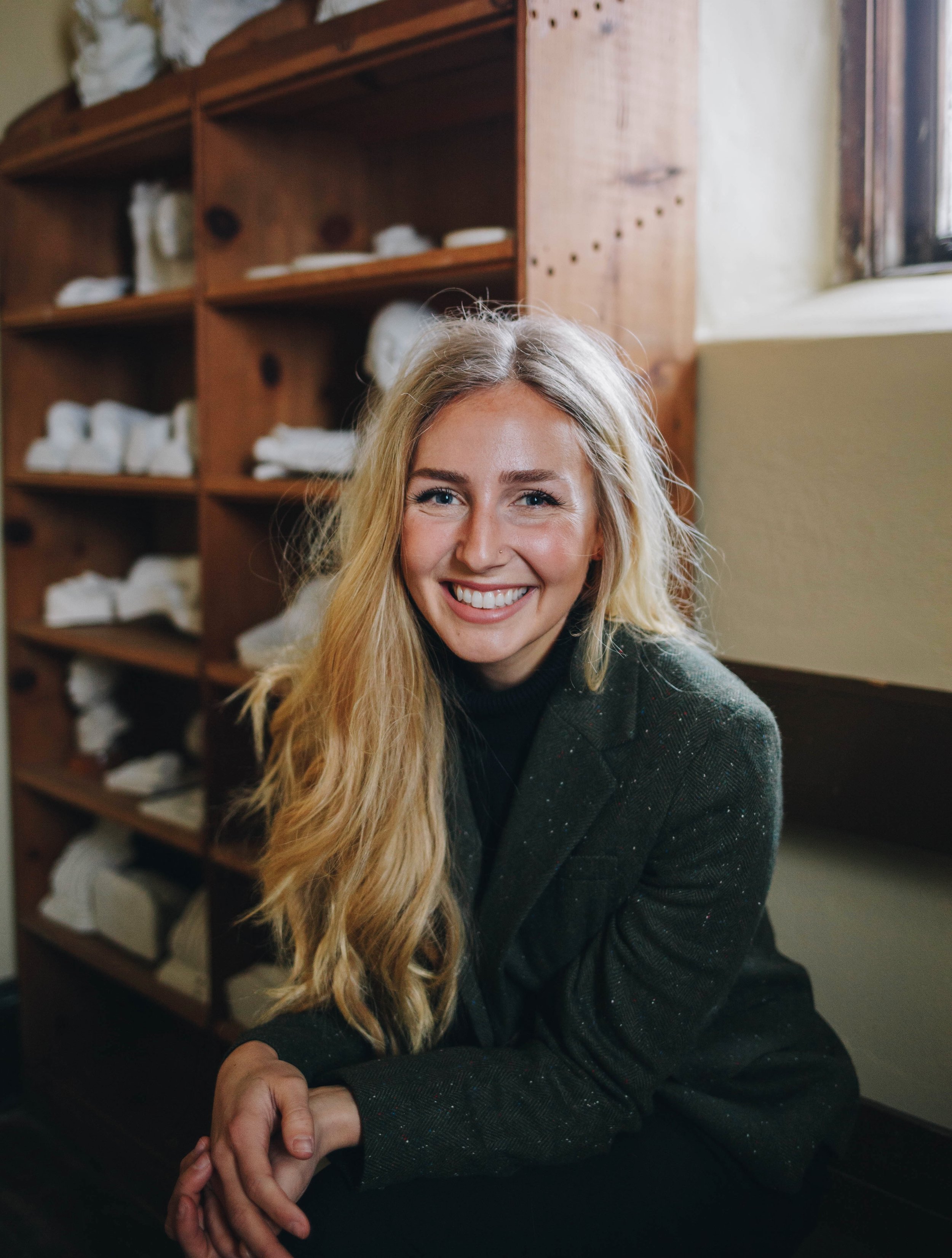The Larson Insider
Laundry Series
March 2022 // Issue Nine
Worth a Read?
Jeffrey T. Larson’s infatuation with light and how he portrays it through hanging laundry.
Have you ever wondered why it is that certain objects catch an artist’s eye while others don’t? Is it solely the subject matter, a sentimental memory, artistic inspiration, or a combination of it all? Jeffrey Larson is known for doing multiple paintings which include a few specific topics including deceased wildlife in still-lives, disposable packing products and laundry hanging on the clothesline. This newsletter will be the first of a small series aiming to unpack why these objects have caught/continue to catch Jeffrey’s eye.
It all began with a phone call on a Friday afternoon from a buddy. Jeffrey and Heidi were living in the Twin Cities at the time grinding away on their art. After a long winter of being cooped up in the studio they were ready to get out and explore when a buddy called, mentioning a show in St. Louis, Missouri by a Spanish artist named Joaquín Sorolla (1863-1923) who, at this time, was not very well known. In fact, Jeffrey and Heidi had never heard of him. Caught with spring fever and always ready to jump at an opportunity to see art, they hopped in the car and took off (there were only two more days left of the show). After driving through the night and a quick snooze in a truck stop, the Larson’s headed into the museum to see who knows what. And that is precisely when Jeffrey became infatuated with light.
“Mending the Sail” by Joaquin Sorolla
“Mending the Sail” was the first painting they saw upon walking in and shortly after, Jeffrey recalls a vivid memory of a little old lady coming up to him, tapping his shoulder and telling him he should “close his mouth”. The way that Sorolla was able to both capture and express light was unlike anything Jeffrey had seen before. This was also one of the first times the outdoor figure caught his attention.
As they headed home, Jeffrey became inspired to paint outdoor figures. In-between painting herself, Heidi became a full-time model for her husband that summer as he spent countless hours dealing with the frustrations of changing light and elements. One fall day, as Jeffrey was painting Heidi posing near the shore of a local lake, he looked at his pallet and realized all his skin tone hues were composed of purples and blues – it was getting too late in the season in Minnesota to continue outdoor figures (if he wanted to keep his model…and wife). They took off for Texas for the winter to buy time for Jeffrey to nail down the outdoor figure. And that is just what he did.
One of the challenges of painting outdoor figures is the surrounding environment, which during summers in Minnesota and Wisconsin consists primarily of very bright green. Another challenge in painting the outdoor figure is capturing someone doing an outdoor activity that is both interesting and aesthetically pleasing. It was during that next summer, while house sitting for some country neighbors that Jeffrey noticed their full clothesline and the morning light shining through – it brought Jeffrey right back to Sorolla’s sail painting.
(I’m the silhouette helping my mom hang laundry in the painting below)
In addition to being an interesting scene, Jeffrey also realized the outdoor figure/laundry scene was the best means to “control” many of the compositional elements, much how Sorolla was able to via the “sail”. Using the sheets and bright morning light, Jeffrey was able to introduce and compose with flat light, casted light, bouncing light and reflected shadows in between the sheets. It allowed Jeffrey to become a symphony conductor bringing in all the different instruments he desired to compose a piece in which each component complemented one another and truly sang. He also noticed that painting a figure outside was different than inside in the sense that the more refined he painted in outside light, the more light-effect he lost and the less realistic the painting looked.
Painting light within the limitations of materials was a whole other challenge to figure out. The brightest note Jeffrey had to work with was pure white paint. This white, however, when compared to a sun-drenched object was in relation, quite dull. Adding additional pigments to the white only made it darker. He found that if he could keep his light areas flat and bright and explain form through just the half-tones, he was able to capture the illusion of light more realistically.
Jeffrey did not set out to paint a “series” of laundry pieces – nor does he set out to paint any series for the sake of a series. Typically, they evolve from an aspect seen in previous paintings. What would happen if, building upon the skillset he acquired from his last piece, he was able to add a small variation, brighter colored sheets, an overcast light, or layered sheets?
Many times, the questions raised in one piece are answered within the next. Most often it is artistic curiosity fueled by perfectionism that have “inspired” the laundry and all the other series over the years.
Two of Jeffrey’s most recent laundry paintings are currently available:
”Grace” and “Gratitude”; designed both conceptually and artistically to potentially hang as companion pieces, but would also be lovely hung solo.
For more information, contact me.
sophia@jeffreytlarson.com
(218)940-0268
810 W 3rd St.
Duluth, MN 55807
Instagram






























